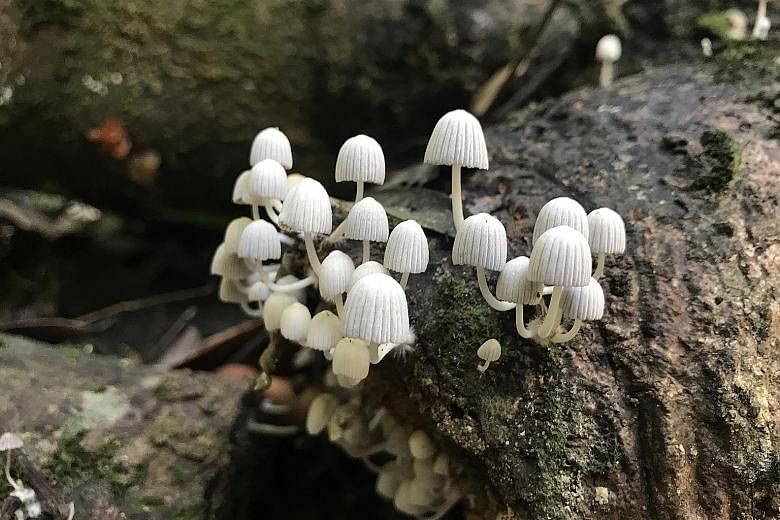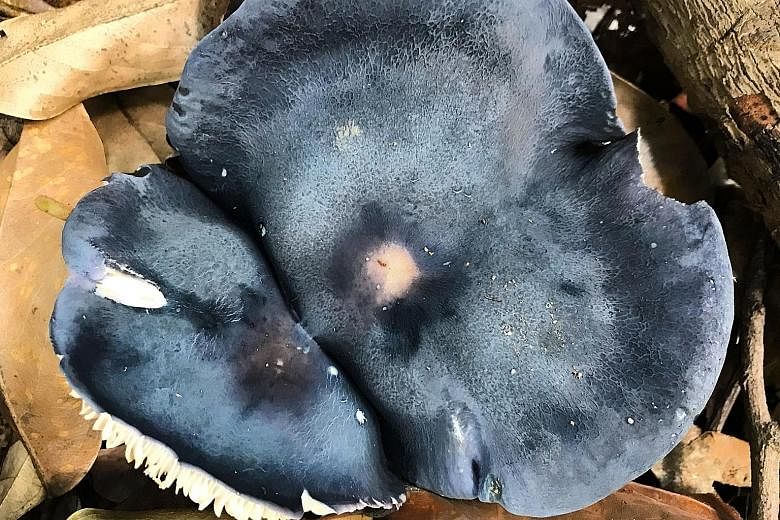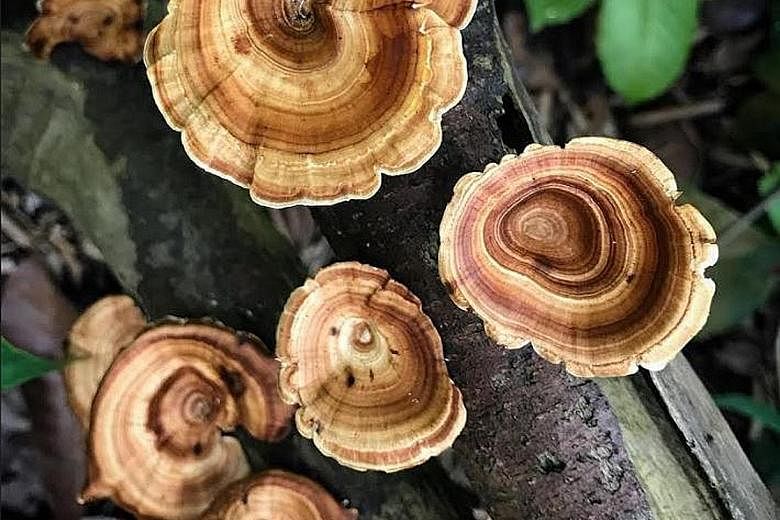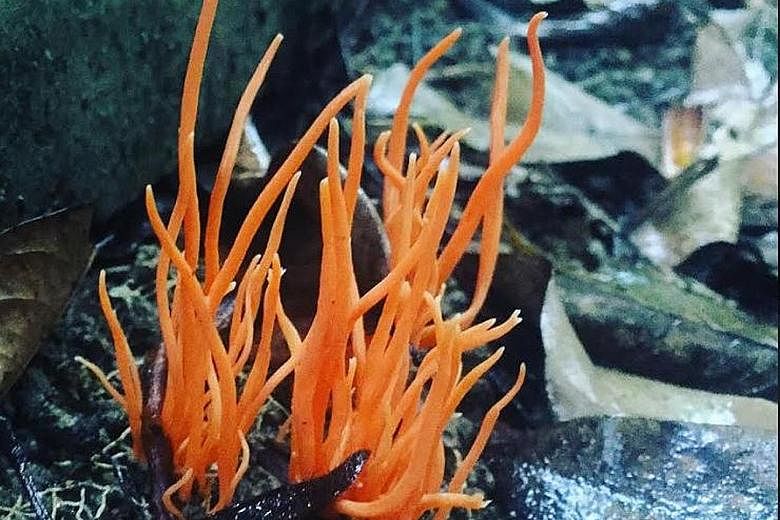The world of fungi has given humanity many benefits such as medicine and food, and their fruiting bodies come in a dizzying array of shapes, colours and sizes.
More than 70,000 species have been described worldwide, yet the group remains woefully understudied, a situation that is little different in Singapore.
Already a subscriber? Log in
Read the full story and more at $9.90/month
Get exclusive reports and insights with more than 500 subscriber-only articles every month
ST One Digital
$9.90/month
No contract
ST app access on 1 mobile device
Unlock these benefits
All subscriber-only content on ST app and straitstimes.com
Easy access any time via ST app on 1 mobile device
E-paper with 2-week archive so you won't miss out on content that matters to you





